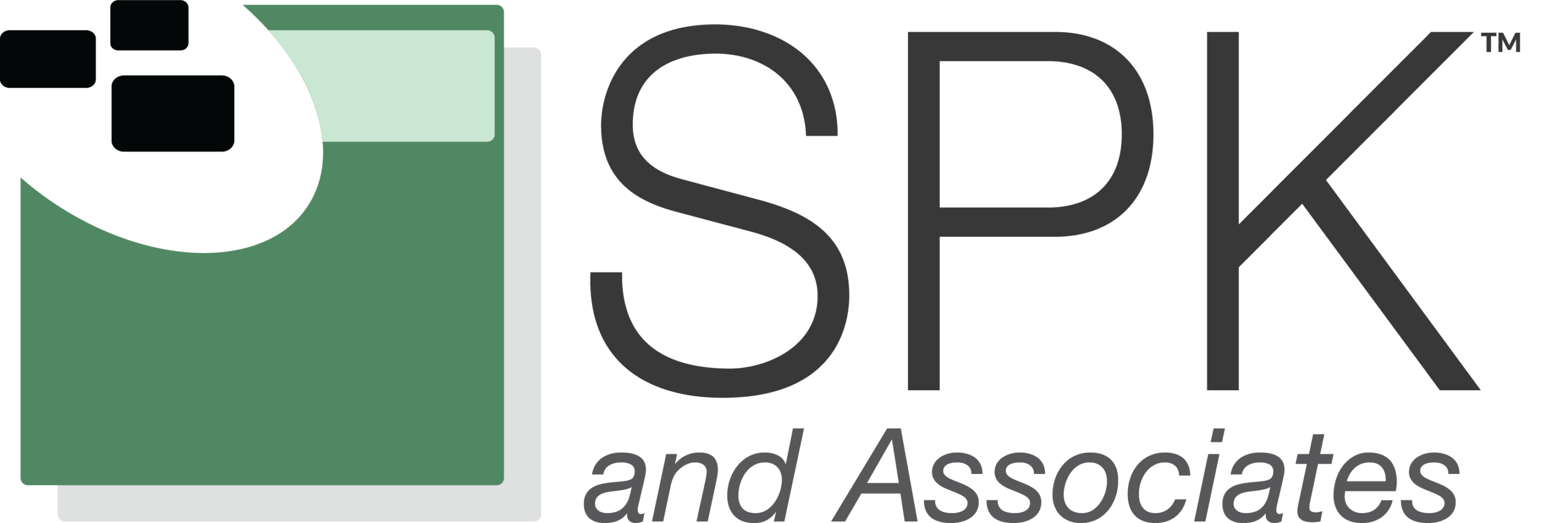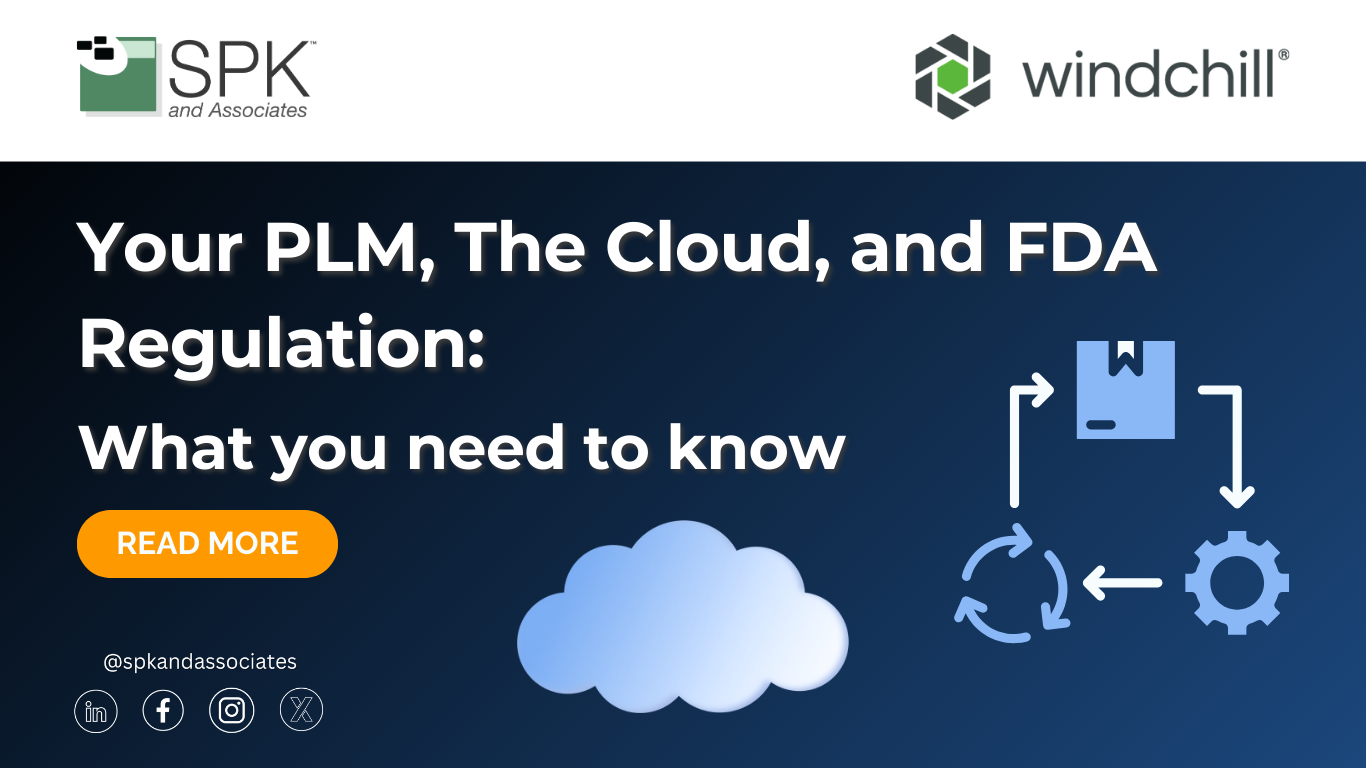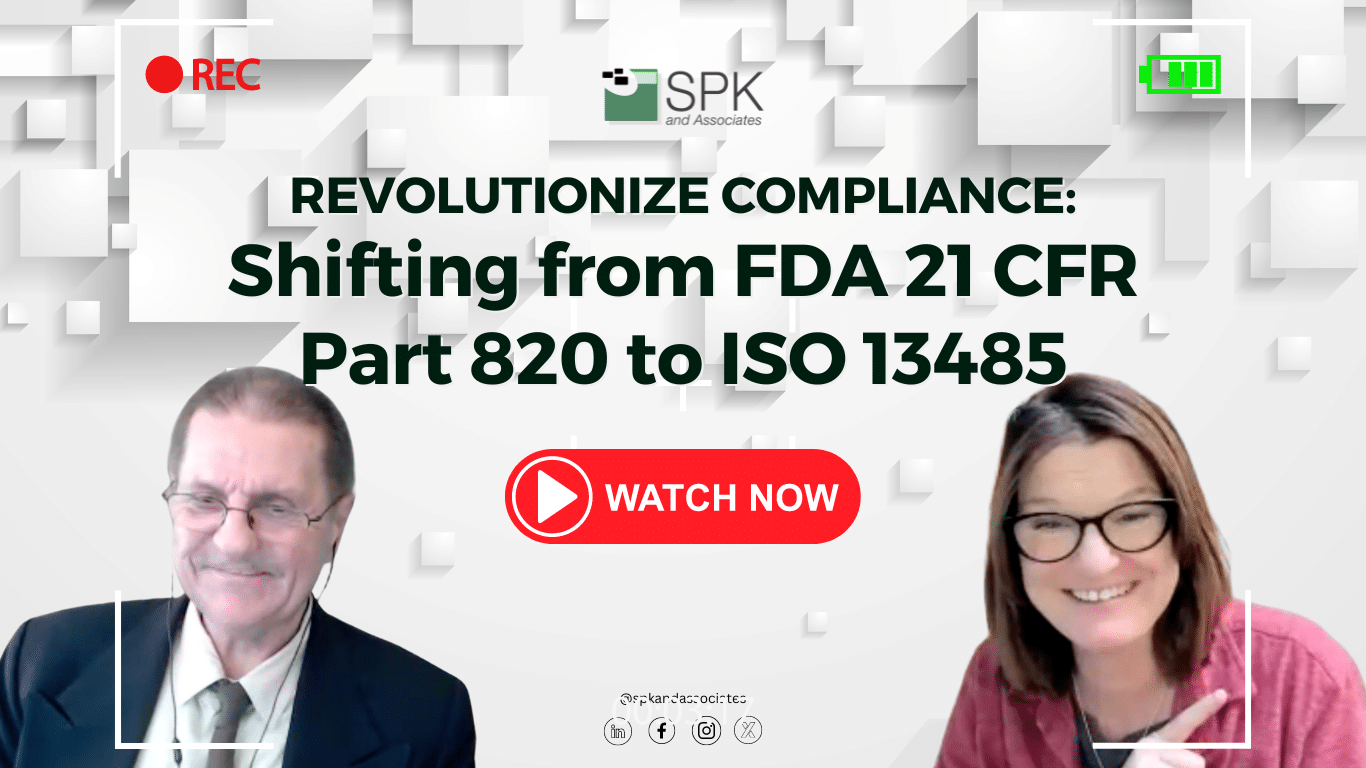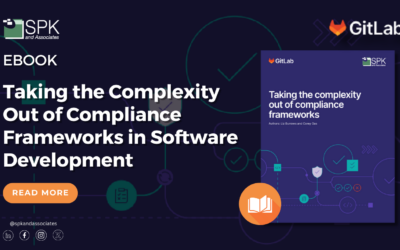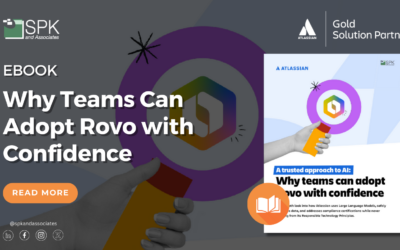Product designs, documentation, and processes aren’t just valuable intellectual property, they’re your license to operate. In the highly regulated medical device industry, manufacturers must carefully consider these factors. If you’re using a Product Lifecycle Management (PLM) system in the cloud, you’re likely already familiar with the complex regulatory framework that governs your software and product data. However, as the FDA shifts from Computer Systems Validation (CSV) to Computer Software Assurance (CSA), it’s vital to understand how your PLM platform can help you stay compliant and competitive.
FDA Regulation and Medical Devices
The FDA’s Quality System Regulation (QSR, 21 CFR Part 820) sets strict standards for the design, development, manufacturing, and maintenance of medical devices. Manufacturers must validate any software that’s part of production or the quality system for its intended use. Additionally, they must document that validation thoroughly. This requirement applies to software embedded in medical devices and software used to design, develop, manufacture, test, or manage the quality of those devices. Failure to properly validate systems has led to FDA warning letters and costly remediation for many medical device firms. This is where a robust PLM solution comes in.
PLM with Windchill
PTC Windchill, and its cloud-enabled (SaaS) version Windchill+, are trusted by medical device manufacturers worldwide. These systems manage the entire product lifecycle under rigorous regulatory standards.

Design Control
Windchill provides robust design control by connecting every step of the product lifecycle, from early concept through production and post-market support. Using Creo as the CAD environment, engineers can tie predictive failure analyses and risk assessments directly to design models. This ensures that critical-to-quality characteristics are defined early. This integrated approach enforces controlled design changes and streamlines design transfer to production. With preconfigured ISO 13485 processes, Windchill helps medical device companies maintain a repeatable and auditable design process. This process meets FDA requirements and drives high product quality and patient safety.
Document Control
With Windchill, companies can manage critical documentation like the Design History File (DHF) and Device Master Record (DMR) out of the box. This ensures that every mandatory artifact is compiled automatically and stays up to date throughout the product lifecycle. Engineers and regulatory teams collaborate seamlessly within a single system. This minimizes manual document handling and audit preparation effort. Built-in workflows, secure access controls, and electronic signatures help companies stay ready for inspections and demonstrate compliance with FDA regulations.
Connected Digital Thread
Windchill creates a fully connected digital thread by integrating CAD data from Creo and other MCAD tools with related product information. This includes BOMs, risk assessments, CAPA processes, and nonconformance records. Windchill’s end-to-end traceability links design, manufacturing, and service data. This gives engineers and quality teams real-time visibility into potential issues and quality events. Any nonconformance or complaint identified in manufacturing or in the field can be traced back to its source design artifact. Users can close the loop between product design and actual product performance. This digital continuity helps companies respond quickly to emerging risks, improve decision-making, and maintain a proactive approach to product quality.
FDA Compliance with PLM
PTC Windchill is purpose-built to help medical device manufacturers meet strict regulatory requirements. Its built-in workflows, audit trails, electronic signatures, and unique user authentication capabilities support compliance for electronic records and signatures. Windchill’s robust access controls ensure that only authorized users can make critical changes. Additionally, its extension framework and USDM Assured deployment option provide added assurance for cloud-based compliance.
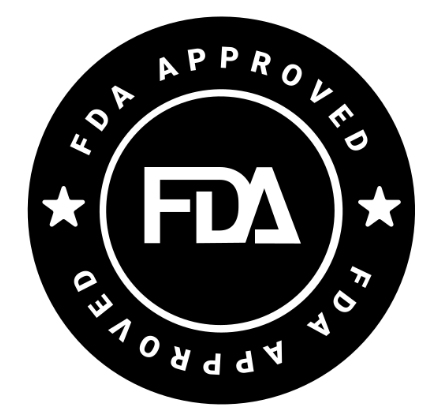
By managing every aspect of design and document control in one PLM system, Windchill enables medical device companies to maintain full traceability and readiness for FDA inspections. Production teams can reduce the risk of compliance gaps and deliver safer, higher-quality products to market. Whether deployed on-premises or in the cloud, Windchill connects your design, quality, and regulatory teams in a secure, validated environment.
CSV and CSA with Windchill
Traditionally, medical device companies have relied on Computer Systems Validation (CSV), which is a documentation-heavy process designed to show that software performs as intended. CSV often focuses more on exhaustive test evidence than on practical, risk-based assurance. Recognizing this burden, the FDA is shifting towards Computer Software Assurance (CSA). CSA is a modernized approach that starts with critical thinking about what actually impacts product quality. It encourages a risk-based approach to validation and reduces any unnecessary testing and documentation. Furthermore, it frees up resources for innovation and continuous improvement.
Windchill supports this evolution by aligning with CSA principles. Its configuration management, role-based access, and robust audit trails help teams maintain compliance without excess overhead. Paired with best practices, Windchill makes it easier to show that your software is fit for its intended use and that you’re managing change and risk proactively.
PLM and FDA Compliance
Regulatory compliance is a mission-critical part of delivering safe, effective products to patients worldwide. Choosing the right PLM solution is your insurance policy against costly non-compliance, rework, and regulatory delays. PTC Windchill, backed by SPK and Associates’ deep FDA validation expertise, provides an open, robust, and future-ready platform to meet your needs. Whether on-prem or in the cloud, we can help you with efficient design control, document management, and compliance. If you are ready to future-proof your compliance strategy and avoid costly FDA pitfalls, contact us about how Windchill and CSA can work for you.

